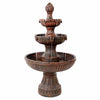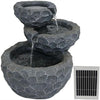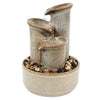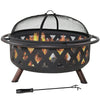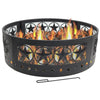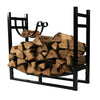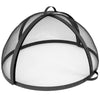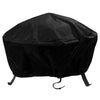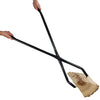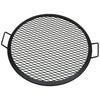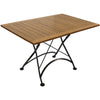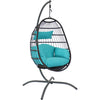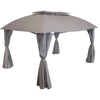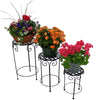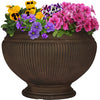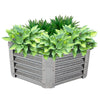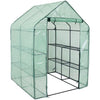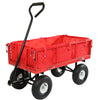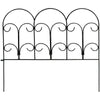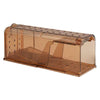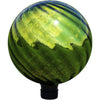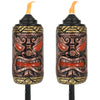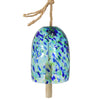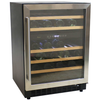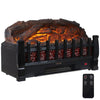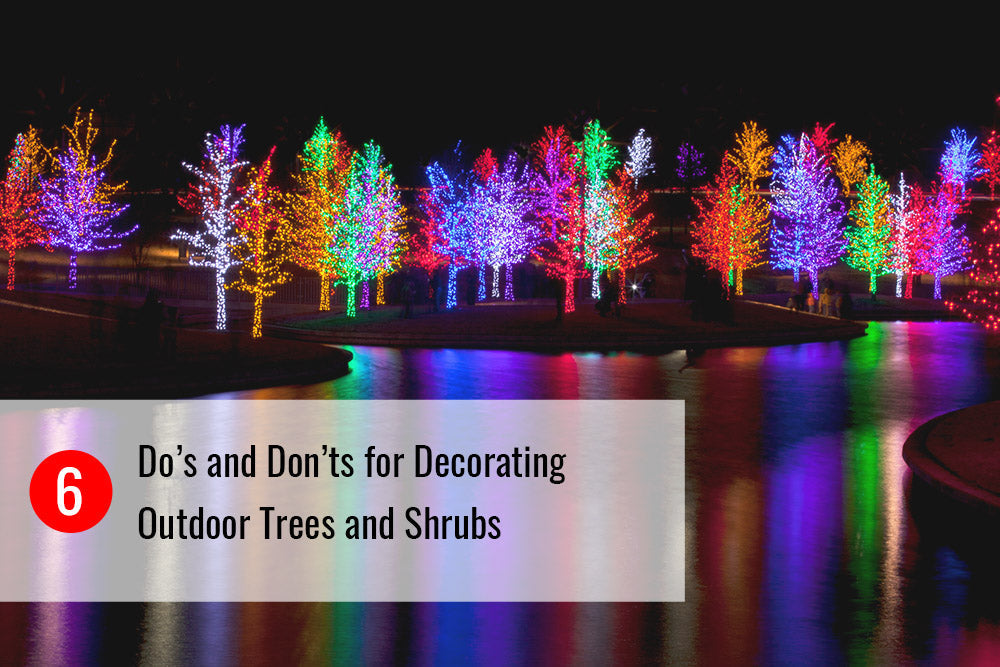At the beginning of autumn, most people are not thinking about their spring flowers, but this time of year is perfect for planting bulbs that will bloom in the spring. Even though the air is cool, the soil will stay warm while the bulbs lie dormant through the winter before sprouting in the spring and providing some much needed color. Generally, planting bulbs is an easy and fun fall activity, but if you are a beginner then there are a few do's and don’ts that you need to learn before you get started.
4 Do’s for Planting Fall Bulbs
#1 DO: Wait for the Right Temperature

The ideal temperature for planting bulbs is when the nighttime temperature falls consistently between 40 to 50 degrees Fahrenheit. The right time to plant can vary based on what part of the country you live in. For cooler areas, bulb planting season begins in October, but if you live in a warmer climate, you can wait until November or even December to start planting.
#2 DO: Plant Them Deep (But Not TOO Deep)

Most bulbs should be planted between 4” and 8” beneath the soil. The bulbs need to be planted deep enough that they are properly insulated during the long winter months, but if they are planted too deeply they may never sprout. Be sure to check the plant label for the recommended depth for each plant type. A good rule of thumb to follow is that the depth should be 2 to 3 times the height of the plant bulb.
#3 DO: Plant Them in Trenches or Bouquet-Style

There are two different methods that can be used to plant bulbs, trench-style or bouquet-style. For trenches, dig a narrow trench in the desired area and place the bulbs in a neat row. Be sure to check the label for the recommended spacing between each bulb. Generally large bulbs like tulips, daffodils, or hyacinths should be spaced 6” apart from each other while smaller bulbs like crocus and snowdrops can be 4” apart. This method is especially useful for creating borders.
Bouquet-style requires you to dig a large hole and fill it with multiple bulbs. When the bulbs sprout in the spring they will look just like a beautiful bouquet. Dig a hole wide enough to fill it with 5 to 7 bulbs. Place the bulbs close to each but not touching and then backfill the hole.
#4 DO: Plant Perennials on Top of Them

Spring is still a long way off, but you don’t have to wait until then to enjoy lovely flowers. Once you’ve planted your bulbs, plant a layer of late-blooming perennials like bee balm or daylilies on top of them. These flowers will sprout and bloom while the bulbs lie dormant. Not only will this give you something pretty for the remainder of fall, but it will also help you remember where the bulbs were planted and offer some protection from critters until spring.
4 Don’ts for Planting Fall Bulbs
#1 DON’T: Throw Out Your Labels

Bulbs are available in a wide variety of colors and types, but those differences are not obvious until they bloom in the spring. Be sure to keep your plant labels close at hand. Otherwise there’s no way to tell the difference between a red tulip and a yellow one.
#2 DON’T: Plant the Bulb Upside Down

Many bulbs feature a teardrop shape with a pointy tip and a rounded bottom. When you begin to plant the bulbs, make sure the tip is pointing upright. This is the part of the bulb where the stem will sprout from. Planting it with the rounded bottom down will ensure that the stem sprouts towards the sky and the roots grow down. If you’re not sure, place the bulb on its side and it will naturally right itself as it grows and reaches for sunlight.
#3 DON’T: Don’t Water Your Bulbs

The Dutch have a saying for planting bulbs, “Bulbs don’t like wet feet.” Because of this, bulbs will do best in an area that has well-drained soil and full sun. Planting them in a container or garden bed, allows you to choose the perfect soil for planting. Even though it may seem counterintuitive, bulbs do not need to be watered after their initial planting. The soil is moist enough that they will get all of the water they need without help.
#4 DON’T: Worry About Replanting 
The beauty of planting bulbs is that they are pretty dependable perennials. There is no need to dig up the bulbs and replant them. These beautiful flowers will come back year after year for several years before you need to plant more.
Fall bulbs are low-maintenance, lovely plants that gardeners love. By following these simple tips, you will be able to prepare and plant your bulbs and your efforts will pay off in the spring with beautiful blooms.
